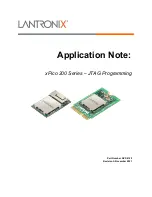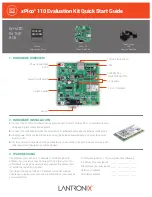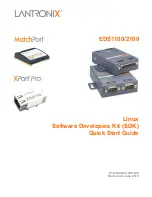
31. MIDI IN: For triggering of Banks/Chases using a MIDI device
32. DMX Out: This connector sends your DMX values DMX scanners or DMX packs.
33. DMX In: This connector accepts your DMX input signals.
34. DC Input: DC 9 -12V, 1000mA min.
35. USB Port: Used to connect a USB goose-neck lamp or a USB Drive.
36. Power Switch: This switch turns On/Off the console.
4.3. Common Terms
The following are common terms used in intelligent light programming.
Blackout is a state by where all lighting fixtures light output are set to 0 or off, usually
on a temporary basis.
DMX-512 is an industry standard digital communication protocol used in entertain-
ment lighting equipment. For more information read Sections “14.1. DMX Introduction”
at page 25 and “14.2. Building a Serial DMX Chain” at page 25 in the Appendix.
Fixture refers to your lighting instrument or other device such as a moving head or
dimmer of which you can control.
Programs are a bunch of scenes stacked one after another. It can be programmed as
either a single scene or multiple scenes in sequence.
Scenes are static lighting states.
Sliders, also known as faders.
Chases can also be called programs. A chase consists of a bunch of scenes stacked one
after another.
Scanner refers to a lighting instrument with a Pan and Tilt mirror; however, the SCEN-
EMAKER 1216 PRO USB controller it can be used to control any DMX-512 compatible
device as a generic fixture.
MIDI is a standard for representing musical information in a digital format. A MIDI
input would provide external triggering of scenes using MIDI device such as a MIDI
keyboard or sequencer.
Stand Alone refers to a fixture’s ability to function independently of an external con-
troller and usually in sync to music, due to a built in microphone.
Fade slider is used to adjust the time between scenes within a chase.
11
ENGLISH
SCENEMAKER 1216 PRO USB User manual












































